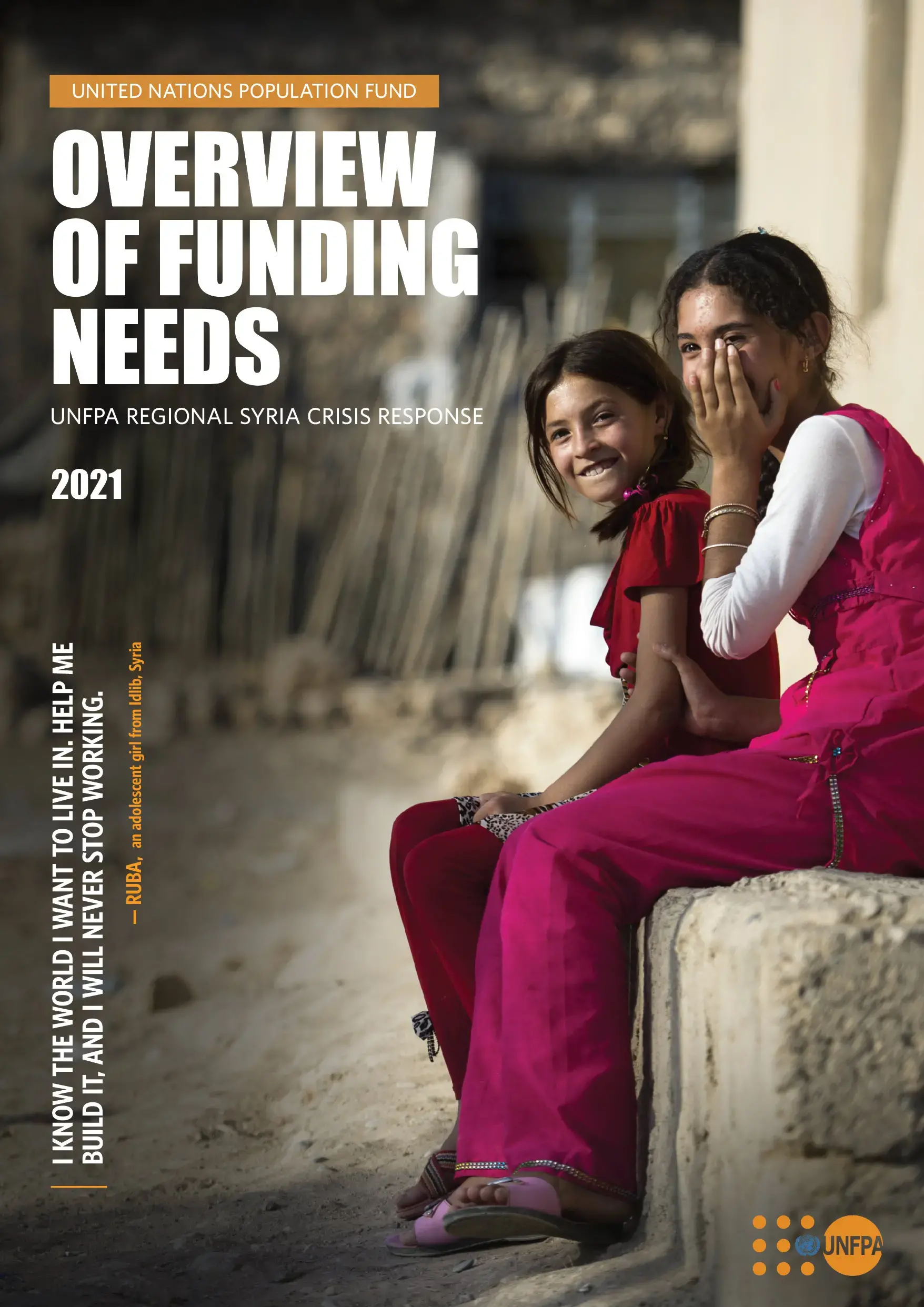Ten years on, the crisis in Syria is worse than it has been in years. Protracted instability and disruptions in community networks, a worsening economic crisis, and the COVID-19 pandemic have converged to create an unprecedented situation, further placing the lives, dignity, and fundamental freedoms of Syrians at risk. An estimated 13.4 million people remain in humanitarian need inside Syria, including 3.6 million women and girls of reproductive age, while more than 11.7 million people — half of the Syrian population — remains internally displaced or are living as refugees in host communities throughout the region.
Women and girls continue to suffer the worst impacts of the crisis. It is estimated that — among those in need — close to 7 million are women and girls of reproductive age and close to half a million are pregnant, requiring access to quality sexual and reproductive health (SRH) services. Meanwhile, gender-based violence continues to be a daily threat, with harassment, family violence, child and forced marriage, and sexual exploitation remaining consistent trends. With COVID-19 taking hold throughout the country and in refugee communities region-wide, these challenges have only worsened, be it due to further restrictions on movement and access to services, or due to negative coping mechanisms and harmful practices as communities struggle to meet their basic needs


